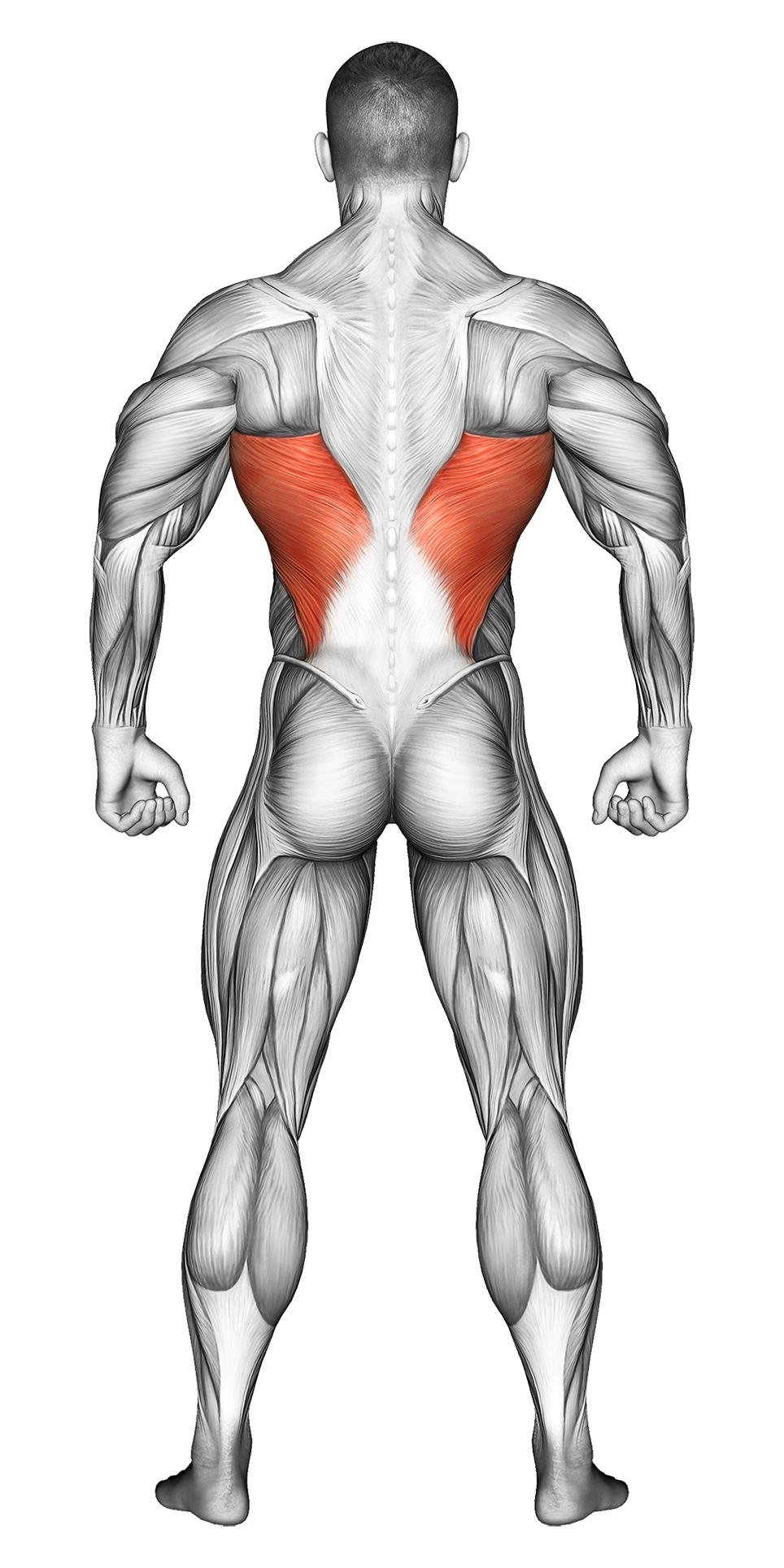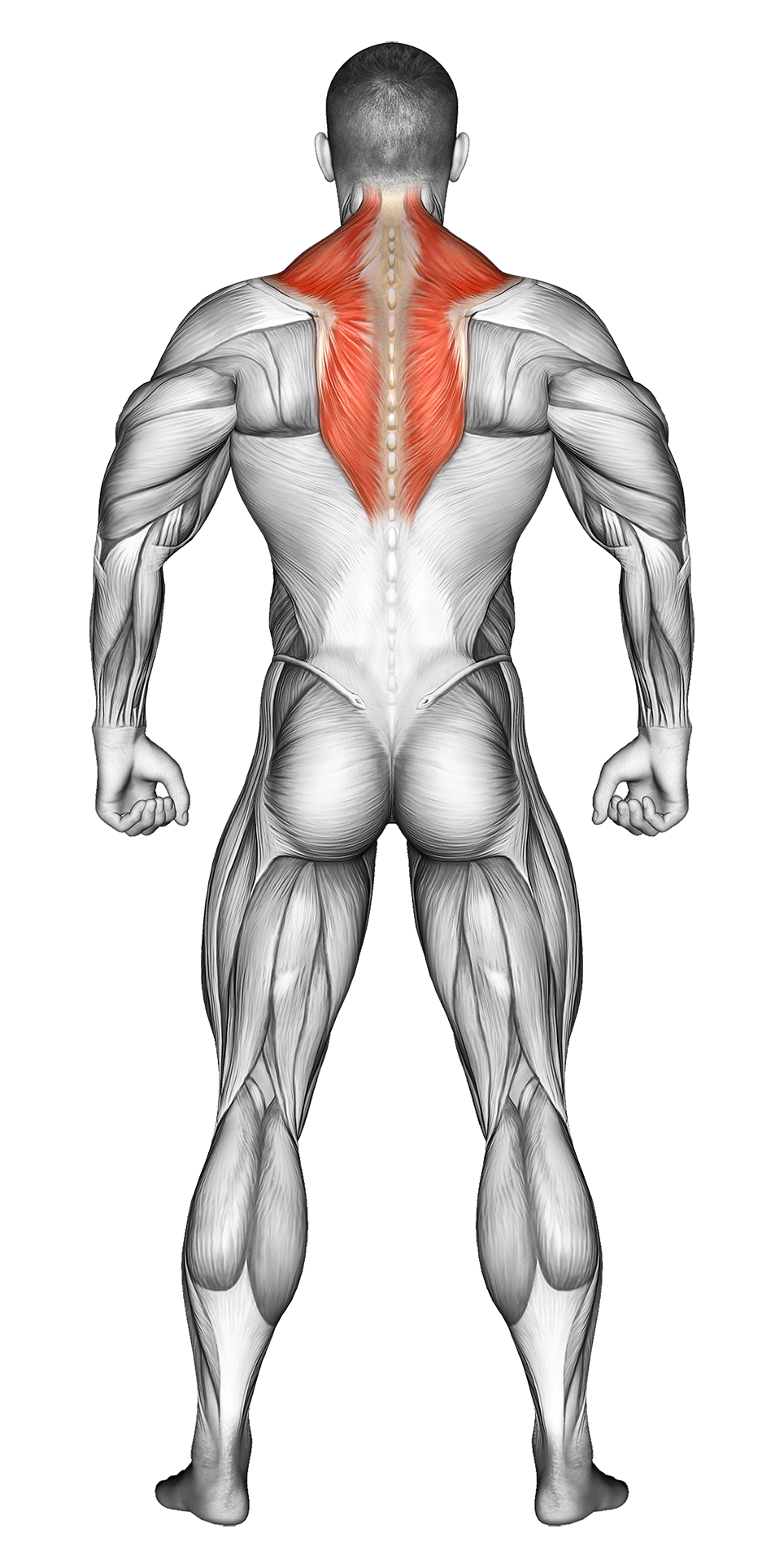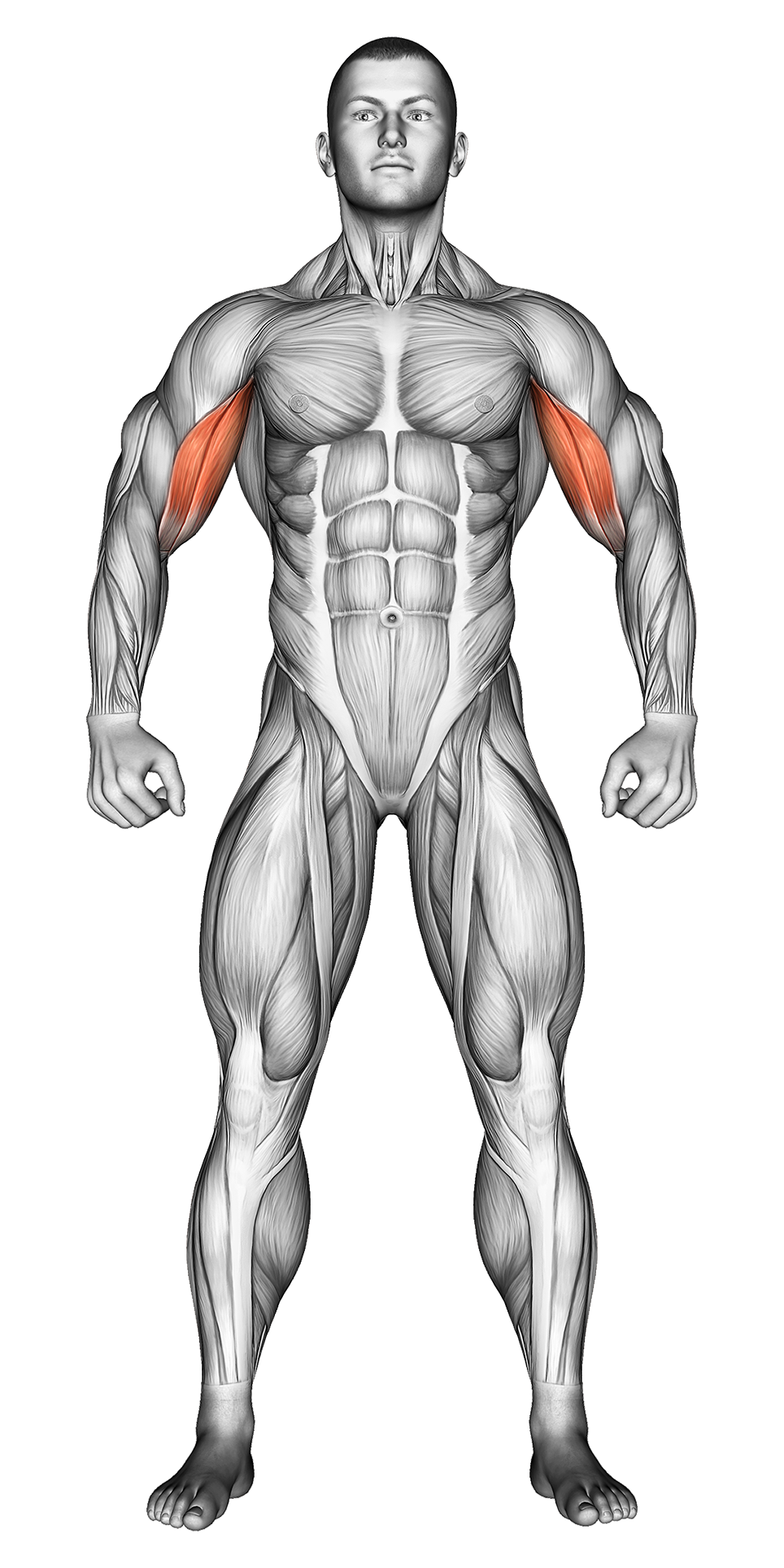Bent Over Dumbbell Row: Video Tutorial & Exercise Guide
| Workout | Bent Over Dumbbell Row |
| Primary Muscle Group | Lats |
| Secondary Muscle Group | Traps, Biceps |
| Equipment Required | Dumbbell |
| Force Type | Pull |
| Mechanics | Compound |
| Exercise Type | Strength |
| Difficulty | Intermediate |
Bent Over Dumbbell Row: Video Tutorial & Exercise Guide
Muscle Groups
- Primary Muscle Group- Secondary Muscle Group
Bent Over Dumbbell Row - Step-by-Step Guide
Bent Over Dumbbell Row Overview
Benefits of Bent Over Dumbbell Row
Bent Over Dumbbell Row Pro Tips & Advanced Techniques
Progression Plan for Bent Over Dumbbell Row
Frequently Asked Questions (FAQs) Of Bent Over Dumbbell Row
How to do Bent Over Dumbbell Row – Step-by-Step Guide
- Step 1: Stand with your feet shoulder-width apart while holding a dumbbell in each hand, palms facing your body. Bend at your hips and knees slightly, keeping your back straight and chest up. Your torso should be nearly parallel to the floor.
- Step 2: Let the dumbbells hang in front of you with your arms fully extended. Engage your core to maintain a neutral spine throughout the movement.
- Step 3: Begin the row by pulling the dumbbells toward your torso, leading with your elbows. Keep your elbows close to your sides and focus on squeezing your shoulder blades together at the top of the movement.
- Step 4: Pause at the top when the dumbbells are near your ribcage, then slowly lower them back to the starting position, fully extending your arms.
- Step 5: Repeat for the desired number of reps, maintaining good posture and control throughout the movement.
Bent Over Dumbbell Row Overview
The Bent Over Dumbbell Row is a compound exercise that targets the muscles of the upper back, including the latissimus dorsi, rhomboids, and trapezius. It also engages the biceps and forearms to a lesser degree. This movement is highly effective for building back strength and improving posture.
By using dumbbells, this exercise allows for a greater range of motion and helps improve muscle imbalances between the left and right sides of the body. The Bent Over Row is perfect for anyone looking to develop a strong, defined back and enhance overall upper-body strength.
Benefits of Bent Over Dumbbell Row
The Bent Over Dumbbell Row primarily strengthens the muscles of the upper back, improving posture and enhancing overall back definition. It also engages the biceps, forearms, and core, making it a great full-body movement that targets multiple muscle groups.
This exercise helps correct muscle imbalances, as it requires each side of the body to work independently. It is especially effective for improving pulling strength, which is essential for exercises like deadlifts and pull-ups.
Additionally, the bent-over position engages the core and lower back, improving stability and balance during the movement.
Bent Over Dumbbell Row Pro Tips & Advanced Techniques
Keep your back flat and core engaged throughout the movement to avoid rounding your spine. Focus on squeezing your shoulder blades together at the top of the row to maximize back engagement. For an added challenge, try pausing at the top of the movement or slowing down the lowering phase to increase time under tension. Ready to build a stronger, more defined back? Let’s row!
Progression Plan for Bent Over Dumbbell Row
| Level | Sets | Reps | Progression Tips |
|---|---|---|---|
| Beginner | 2 | 8-10 | Start with lighter dumbbells to focus on form and posture. Make sure your back remains flat throughout the movement and that you are fully extending your arms between each rep. |
| Intermediate | 3 | 10-12 | Increase the weight slightly, focusing on squeezing your shoulder blades together at the top of the row. Control the lowering phase to maximize muscle engagement. |
| Advanced | 4 | 12-15 | Use heavier dumbbells and slow down the eccentric (lowering) phase to increase time under tension. You can also add a pause at the top of the movement for extra intensity. |
Frequently Asked Questions (FAQs) of Bent Over Dumbbell Row
What muscles do Bent Over Dumbbell Rows target?
This exercise primarily targets the latissimus dorsi, rhomboids, and trapezius muscles in the upper back. It also engages the biceps, forearms, and core for stabilization.
Is the Bent Over Dumbbell Row suitable for beginners?
Yes, beginners can perform this exercise with lighter weights to focus on mastering form and posture. It’s a great exercise for building strength and improving posture.
How can I make the Bent Over Dumbbell Row more challenging?
To increase the difficulty, use heavier weights, slow down the eccentric (lowering) phase, or add a pause at the top of the movement to increase time under tension and muscle activation.
How often should I include Bent Over Dumbbell Rows in my routine?
Include this exercise 2-3 times per week as part of your back or upper body workout. It pairs well with other pulling movements like pull-ups and deadlifts for a complete back routine.
What common mistakes should I avoid?
Avoid rounding your back or using momentum to lift the dumbbells. Keep your core engaged, and focus on using your back muscles to perform the row, not your arms or shoulders.
Share


